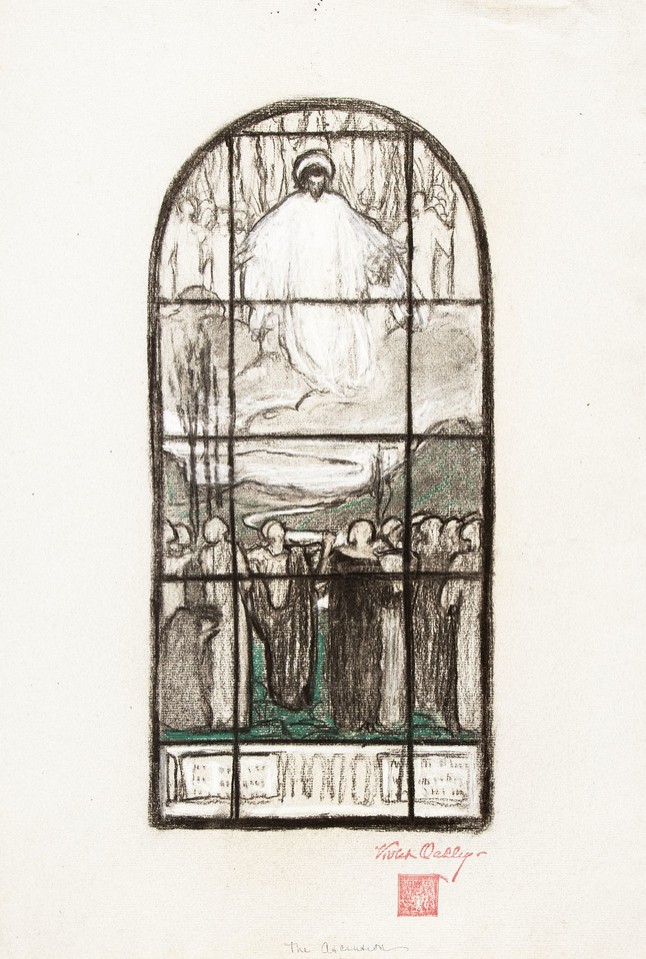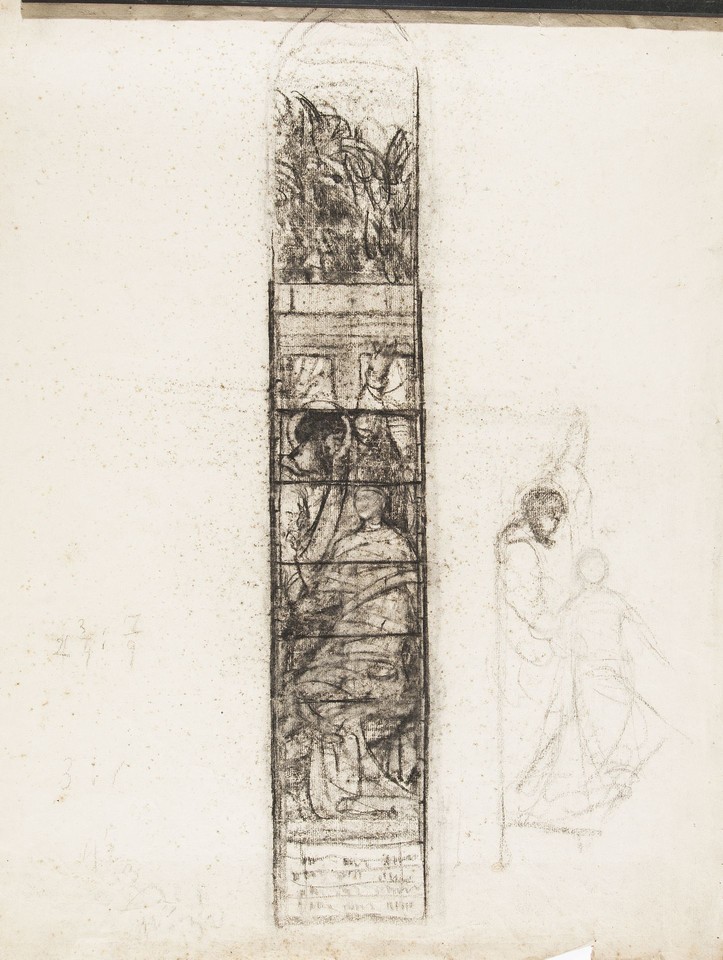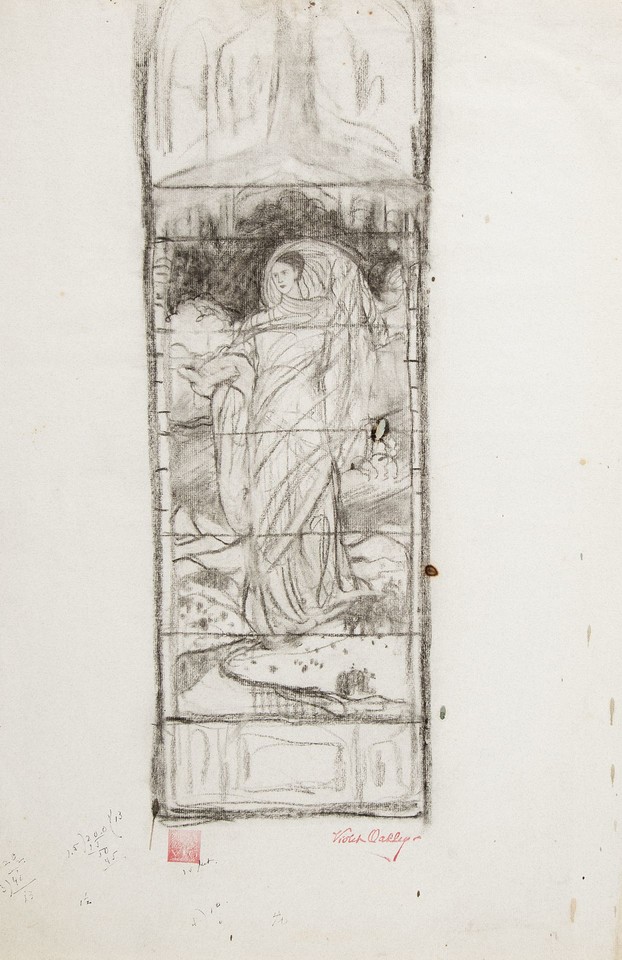Works in Woodmere's Collection

Saint Elizabeth of Hungary (Hope), composition study for stained glass lancet window, All Angels Church, New York
Stained Glass Windows
View

Saint Elizabeth of Hungary (Charity), composition study for stained glass lancet window, All Angels Church, New York
Stained Glass Windows
View
Composition study for "The Nativity" stained glass lancet window, All Angels Church, New York
Stained Glass Windows
View
Composition study for "The Raising of Dorcas" lancet window, All Angels Church, New York
Stained Glass Windows
View
Study for an unidentified lancet stained glass window depicting a young woman in a landscape (possibly All Angels Church, New York, c. 1900-1903)
Stained Glass Windows
View






